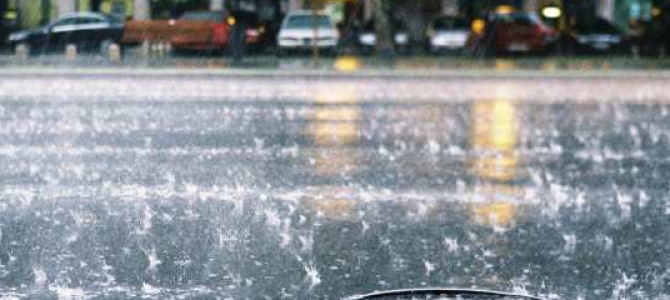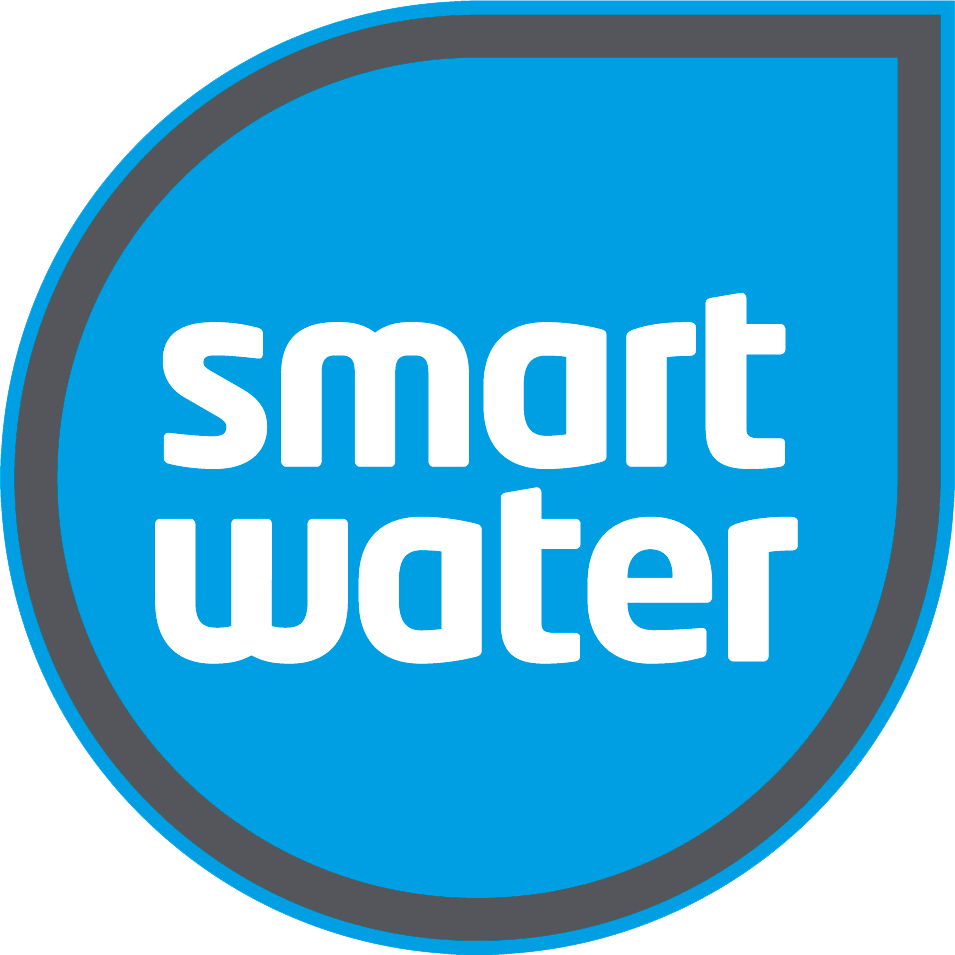 Shopping Cart
Shopping Cart
10 July 2025
Rainwater Harvesting: Unlocking Hidden Cost Savings for Homeowners

As climate change intensifies and water resources become increasingly strained, homeowners and businesses are searching for sustainable, cost-effective solutions to secure their water supply.
Rainwater harvesting stands out as a practical method to reduce reliance on municipal water, lower utility bills, and enhance environmental resilience. This approach is especially relevant in countries like New Zealand, the United States, and Australia, where weather patterns are unpredictable and water security is a growing concern.
By collecting and managing rainwater efficiently, individuals and communities can unlock significant financial and environmental benefits.
The Current Climate
New Zealand
New Zealand is renowned for its lush landscapes and high annual rainfall, averaging about 2,000 mm per year. However, this rainfall is unevenly distributed, with some regions experiencing prolonged dry spells and others facing intense periods of rain. The country’s climate is heavily influenced by El Niño and La Niña cycles, leading to both flooding and droughts. Despite the abundance of rain, water shortages and restrictions are common, especially during dry summers and in rapidly growing urban areas. This variability makes water self-sufficiency and conservation critical for both rural and urban households.
United States
The United States faces a complex mosaic of weather extremes. While some regions, such as the Pacific Northwest, enjoy plentiful rainfall, others, particularly the Southwest (California, Texas, Arizona), grapple with chronic water scarcity and megadroughts. Climate change has exacerbated these extremes, resulting in both devastating floods and severe droughts within the same year. In response, many states have revised regulations to encourage rainwater harvesting, recognising its potential to supplement water supplies and mitigate stormwater runoff.
Australia
Australia is one of the most water-stressed developed nations, characterised by frequent droughts, bushfires, and highly variable rainfall. Urban centres like Sydney and Melbourne, as well as rural communities, face significant challenges in securing reliable water sources. Water prices are high, and infrastructure costs are substantial, making rainwater harvesting an attractive solution for reducing household and business expenses. The country’s history of water scarcity has fostered a culture of conservation and innovation in water management.
What is Rainwater Harvesting?
Rainwater harvesting is the process of collecting, storing, and utilising rainwater for domestic, agricultural, or commercial use. Most commonly, rainwater is captured from rooftops and directed into storage tanks or cisterns for later use. This practice not only reduces demand on municipal water supplies but also aligns with global sustainability goals, such as the United Nations’ Sustainable Development Goals (SDGs), particularly those targeting water security, sanitation, and responsible consumption.
Rainwater can be used for a variety of purposes, including:
- Irrigation of gardens and landscapes
- Toilet flushing and laundry
- Drinking water (with appropriate filtration and treatment)
- Fire protection and other emergency uses
- Commercial and industrial applications
By integrating rainwater harvesting into homes and businesses, individuals contribute to broader efforts in water conservation, sustainable gardening, and appropriate technology adoption.
How Does Rainwater Harvesting Work?
The process of rainwater harvesting involves several key steps:
- Collection: Rainwater is gathered from rooftops using gutters and downspouts, maximising the catchment area.
- Filtration: The water passes through filters to remove leaves, debris, and contaminants, ensuring it is suitable for storage and use.
- Storage: Filtered water is stored in tanks or cisterns, which can be above or below ground. The size of the storage system depends on local rainfall patterns and intended usage.
- Distribution: Stored rainwater is distributed via pumps or gravity-fed systems for non-potable uses (such as irrigation or toilet flushing) or, with additional treatment, for potable uses like drinking and cooking.
Smart Water’s advanced tank level indicators and management systems play a crucial role in this process. These devices provide real-time monitoring of water levels, leak detection, and usage analytics, making it easier for both residential and commercial users to optimise their rainwater systems and ensure efficient, trouble-free operation.
Benefits of Rainwater Harvesting
Cost Savings
- Reduced utility bills: By supplementing or replacing municipal water with harvested rainwater, homeowners can significantly lower their water bills, especially in areas with metered supply or high water rates.
- Deferred infrastructure costs: Widespread adoption of rainwater harvesting can reduce the need for costly public water infrastructure expansions.
Water Conservation
- Alleviates pressure on public supplies: By capturing rainwater, communities reduce demand on reservoirs, rivers, and aquifers, supporting long-term water security.
- Supports sustainable gardening and irrigation: Rainwater is ideal for plants, as it is naturally soft and free from many chemicals found in treated water.
Improved Water Quality
- Soft water: Rainwater lacks the hardness minerals found in many municipal supplies, benefiting appliances and reducing soap use.
- Fewer chemicals: Properly filtered rainwater is free from chlorine and other additives, making it suitable for sensitive uses.
Environmental Impact
- Reduced stormwater runoff: Capturing rainwater helps prevent flooding, erosion, and pollution by intercepting water that would otherwise enter storm drains.
- Lower carbon footprint: Using local rainwater reduces the energy needed for water treatment and transport, helping to cut greenhouse gas emissions.
Self-Sufficiency and Resilience
- Drought protection: Stored rainwater provides a buffer during dry spells or supply interruptions.
- Emergency preparedness: Rainwater systems can supply water for firefighting, sanitation, and other critical needs during disasters.
How Much Money Can I Save by Harvesting Rainwater?
New Zealand
Households in New Zealand can realise substantial savings, particularly in regions with metered water supply or frequent restrictions. For example, using harvested rainwater for garden irrigation and toilet flushing can reduce household water use by up to 50% in some areas. Over a year, this can translate to hundreds of dollars in savings, depending on local water rates and usage patterns. Additionally, rainwater tanks help manage peak demand and avoid costly water restrictions during dry periods.
United States
In the United States, the financial benefits of rainwater harvesting are most pronounced in drought-prone states and areas with rising water rates. Homeowners in cities like Los Angeles or Phoenix can offset significant portions of their water bills by using rainwater for landscaping, laundry, and toilet flushing. In some cases, large-scale adoption could meet up to 75% of non-potable water needs for urban populations. Many municipalities offer rebates, tax credits, or grants for installing rainwater systems, further enhancing the return on investment.
Australia
Australia’s experience with water scarcity has made rainwater harvesting a mainstream practice. Studies estimate that widespread adoption could save billions in water infrastructure costs. For instance, in Brisbane, using rainwater instead of mains supply can save up to $4.60 per kilolitre. On a community scale, integrated rainwater solutions could reduce household water bills by $2.5 billion and deliver net community savings of $3.5 billion in South East Queensland by 2056. These savings are amplified by reduced demand on public water systems and lower maintenance costs.
Tips for Maximising Cost Savings Through Rainwater Harvesting
- Assess Your Water Needs: Calculate your household or business water usage to size your rainwater system appropriately. Consider all potential uses, from irrigation to laundry and toilet flushing.
- Invest in Quality Equipment: Durable tanks, reliable filters, and smart monitoring devices like Smart Water’s tank level indicators ensure your system runs efficiently and lasts for years.
- Optimize Catchment Area: Keep roofs, gutters, and downspouts clean and well-maintained to maximize collection efficiency.
- Practice Water Efficiency: Use water-saving fixtures and appliances, and fix leaks promptly to make the most of your harvested water.
- Maintain Your System: Regularly inspect and clean tanks, filters, and pumps to prevent blockages and ensure water quality.
- Leverage Incentives: Research local rebates, tax credits, or grants for rainwater harvesting installations, as these can offset initial costs and improve payback periods.
- Educate Household or Staff: Promote water conservation habits and ensure everyone understands how to use the system for maximum benefit.
Smart Water: Empowering Efficient Rainwater Management
Smart Water’s suite of products is designed to help homeowners and businesses collect, monitor, and manage harvested rainwater with ease. Our cloud-connected tank level indicators provide real-time data on water levels, usage patterns, and system health, allowing users to optimise water use and detect issues before they become problems. These solutions are suitable for both residential and commercial applications, supporting everything from small garden tanks to large-scale agricultural or industrial systems.
By integrating Smart Water’s technology, users can:
- Monitor water levels remotely via smartphone or computer
- Receive alerts for leaks, overflows, or low water levels
- Track water usage trends to identify opportunities for further savings
- Automate pumps and valves for seamless water distribution
These features not only improve the efficiency and reliability of rainwater harvesting systems but also contribute to broader goals of water conservation, sustainability, and self-sufficiency.
Conclusion
Rainwater harvesting is a proven, practical, and sustainable solution for homeowners and businesses in New Zealand, the United States, and Australia. By collecting and managing rainwater, individuals can reduce their dependence on municipal water supplies, lower utility bills, and build resilience against climate variability.
With the support of advanced products like Smart Water’s tank level indicators, it has never been easier to harness the financial and environmental benefits of rainwater harvesting. As weather patterns become more unpredictable and water security takes centre stage, now is the ideal time to invest in rainwater collection systems, ensuring a more sustainable, cost-effective, and secure future for all.
